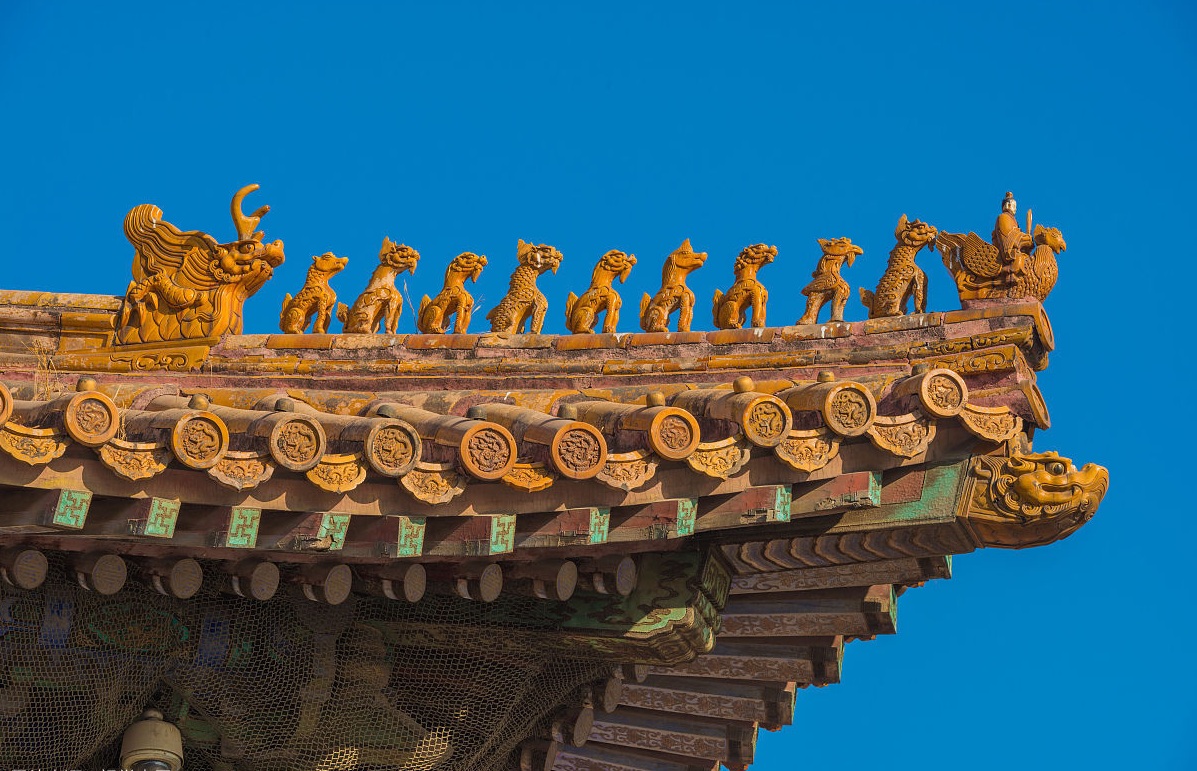More Information
[email protected]
+86 28 8503 0959
Mon - Fri 9.00 - 18.00
Best of China & Yunnan Minorities
Day01/Day02 Your Homeland – Beijing
Day03 Beijing
Tiananmen Square: the center of Beijing, where you can visit Tiananmen Tower, Monument to the People’s Heroes, Great Hall of the People, Mao Zedong Memorial Hall and see the national flag raising ceremony.
Forbidden City: also known as the Palace Museum, and Gu Gong in Chinese, lies at the city center of Beijing, and once served as the imperial palace for 24 emperors during the Ming and Qing Dynasties (1368 – 1911).
A la carte lunch: special and local food of Beijing.
Summer Palace: a vast ensemble of lakes, gardens and palaces in Beijing.
Day04 Beijing
Badaling Great Wall:the site of the most visited section of the Great Wall of China, approximately 80 kilometres (50 mi) northwest of urban Beijing city in Yanqing District.
Bird’s Nest (drive by):officially the National Stadium, was jointly designed by architects Jacques Herzog and Pierre de Meuron of Herzog & de Meuron, project architect Stefan Marbach, artist Ai Weiwei, and CADG which was led by chief architect Li Xinggang.
Temple of Heaven: It is the largest existing one in Beijing among several royal altars to Heaven, Earth, the Sun, the Moon and other deities or symbolic forces of Nature.
Day05 Beijing – Xian
Free time the whole day
Take a train to Xian during night.
Day06 Xian
Terracotta Warriors: The largest ancient military museum in China. In 1961, the state council of the People’s Republic of China will be emperor qinshihuang as the national cultural relic protection unit.
A local family visit, Home-cooked lunch.
Xian Museum and Small Wild Goose Pagoda: The pagoda has a brick frame built around a hollow interior, and its square base and shape reflect the building style of other pagodas from the era.
Tang Dynasty Show with dumpling dinner: The music and performing show of ancient China, Showing the peaceful and prosperous scene of the Tang Dynasty.
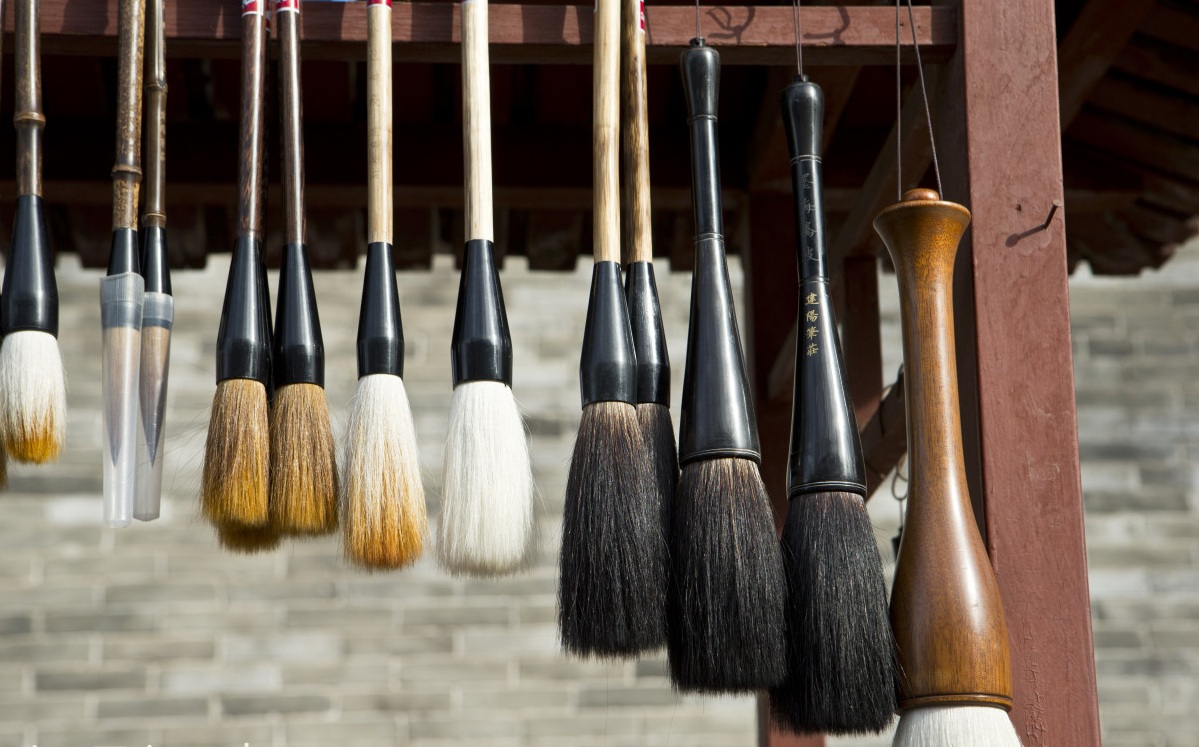
Day07 Xian
City Wall: It exhibits the “complete features of the rampart architecture of feudal society”. It is situated at the end of the ancient Silk Road.
Shuyuanmen Street: is a cultural street factually restored in the style of the ancient architectures of the Ming (1368-1644) and Qing (1644-1911) dynasties. It is about 570 meters (623 yards) long and about 10 meters (11 yards) wide. Shuyuanmen won its name because the Guanzhong Shuyuan (central Shaanxi academy, established in the Ming Dynasty), which was one of the leading academies in ancient China and the highest institution of Shaanxi Province in Ming Dynasty and Qing Dynasty, was located here.
Forest of Steles Museum: the Steles Forest or Beilin Museum, is a themed museum focusing on displays of stone steles, epigraphs and stone sculptures from past dynasties.
Bell Tower and Drum Tower: is a stately traditional building, that marks the geographical center of the ancient capital. From this important landmark extend East, South, West and North Streets, connecting the tower to the East, South, West and North Gates of the City Wall of the Ming Dynasty.
Muslim Street: Muslim Quarter is the hub of the Muslim community in Xian City, Shaanxi Province. Located to the north of the West Street in the city center, the quarter covers several blocks inhabitated by over 20,000 Muslims. There are about ten mosques in the area of the Muslim Quarter, among which the Great Mosque in the Huajue Lane is the most famous and popular.
Day08 Xian – Lijiang
Fly to Lijiang
Lijiang Ancient Town:is a World Heritage Site. You can visit the Square Street of the town and have a touch of distinctive Naxi ethnic culture in the morning.
Day09 Lijiang – Kunming
Baisha Village: The village, at the foot of the Jade Dragon Snow Mountain. It is much quieter because it is not commercialized. Here, you can experience the Naxi people’s peaceful daily life.
local Naxi family visit
Baisha Murals: Art heritage of minority ethnic groups living in Northwest Yunnan. It shows religionary topics such as Mahayana, Tibetan Buddhism and Taoism.
Shuhe Old Town: UNESCO (United Nations Educational, Scientific and Cultural Organization) has listed it as an important component of Lijiang as it is a well-preserved example of a town along the ancient tea route and one of the earliest settlements of the ancestors of Naxi people. It is called ‘the hometown of springs’.
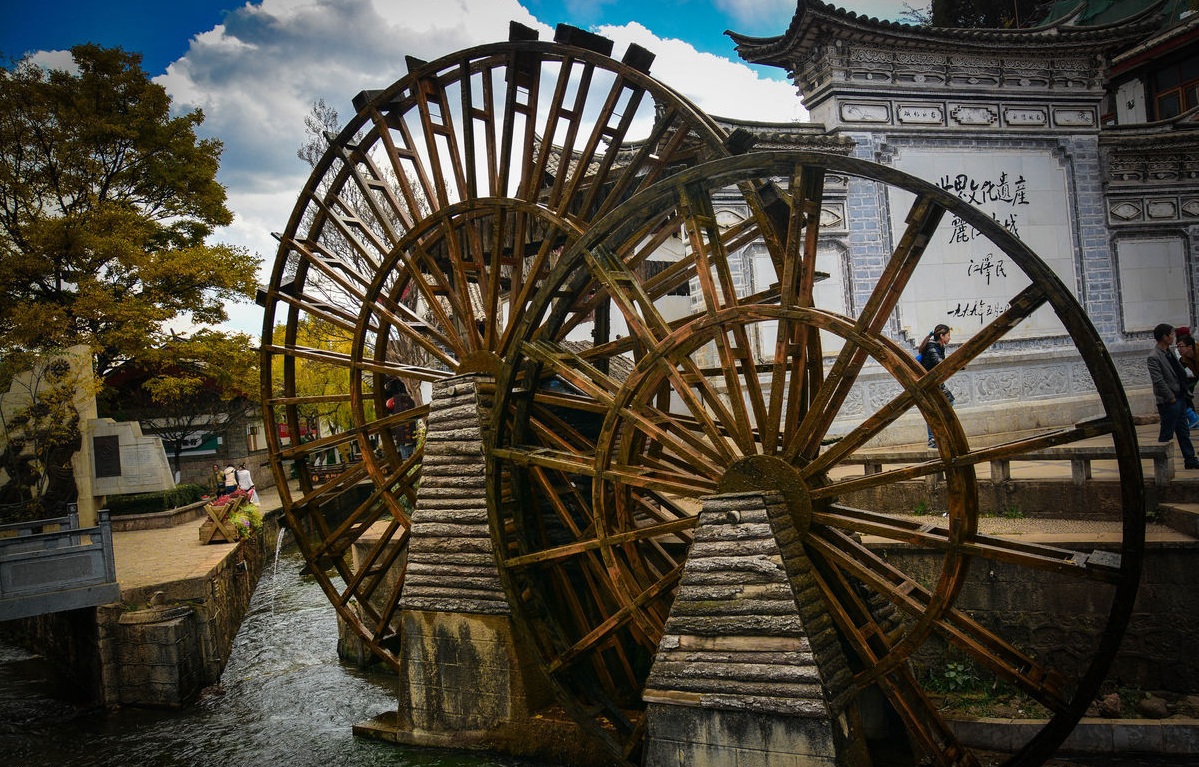
Day10 Kunming – Guilin
Stone Forest: The Stone Forest Scenic Region boasts numerous scenic areas and spots, such as the Greater and Lesser Stone Forests (also known as the Lizijing Stone Forest), Naigu Stone Forest, Zhiyun Cave, Long Lake, Moon Lake, Qifeng Cave, and the Dadie Waterfalls.
Day11 Guilin – Yangshuo – Guilin
Li River cruise to Yangshuo, Countryside trip:
With regard to China’s scenic beauty, there are two popular Chinese sayings known to many: “In heaven is paradise, on earth are Suzhou and Hangzhou.” “Guilin’s mountains and waters rank first in China and Yangshuo’s are the best in Guilin” B As for China’s tourist attractions.
Day12 Guilin – Your Homeland
Reed Flute Cave: known as “the Palace of Natural Arts” is a landmark and tourist attraction in Guilin, Guangxi, China.
Elephant Trunk Hill: it looks like an elephant drinking water.
Seven Star Park: Seven Star Park takes its name from its seven peaks which are laid out like the Big Dipper constellation (with its handle bent forward). The park is on the eastern side of the Li River in central Guilin City. Attractions in the park include: Seven Star Cave, Dragon Hiding Cave, Flower Bridge, the Zoo, Maping Mosque, Guihai Forest of Steles, and much more. Covering an area of 1.34 square kilometers, it is the largest park in Guilin, and contains some of the finest sights in the city.
Hotel-airport transfer is on your own arrangement. A pleasant onward trip!
-
DepartureBeijing
-
Departure Timeup to you
-
Return Timeup to you
-
IncludedDomestic airfares, TrainsMeals mentioned in the itineraryDrivers & air-conditioned vehiclesHotel accommodation with breakfastsProfessional English-speaking guidesEntrance fees to tourist sites
-
Not IncludedInternational airfaresEntry Visa feesPersonal expensesTips or gratuities for guides and drivers
Similar Tours
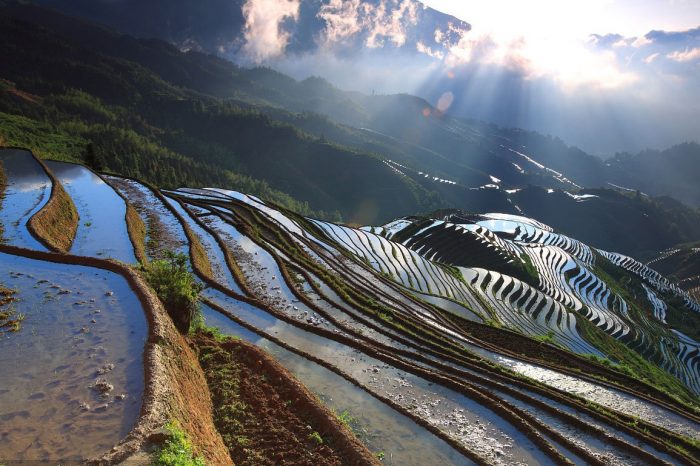
Spotlights of Chinese Minorities
Hong kong, xiamen, nanjing, yongding, guilin, longsheng, yangshuo and shanghai
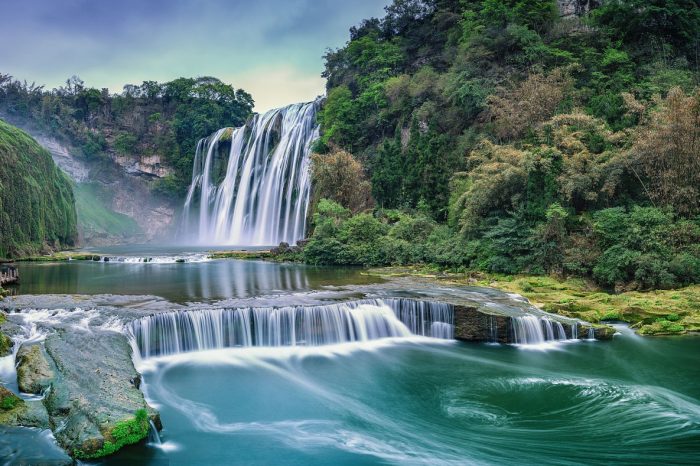
Diverse and unknown Guizhou
Guizhou: demographically one of China’s most diverse provinces. This tour take you to guiyang, anshun, kaili and xijiang.
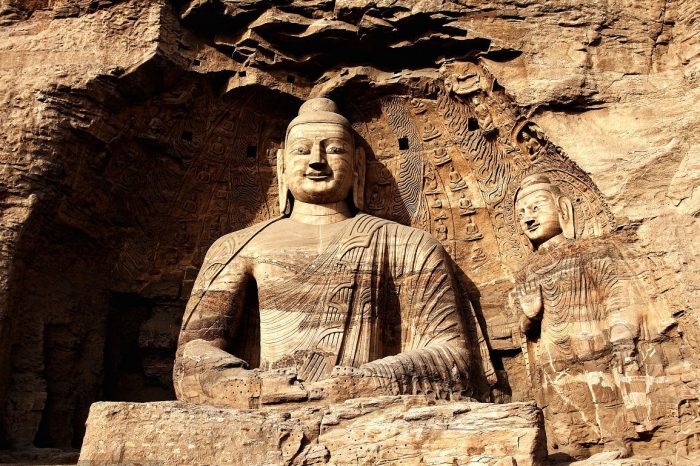
From Beijing to Shanxi with rich cultural relics and ancient architecture
Beijing, Pingyao and Datong


